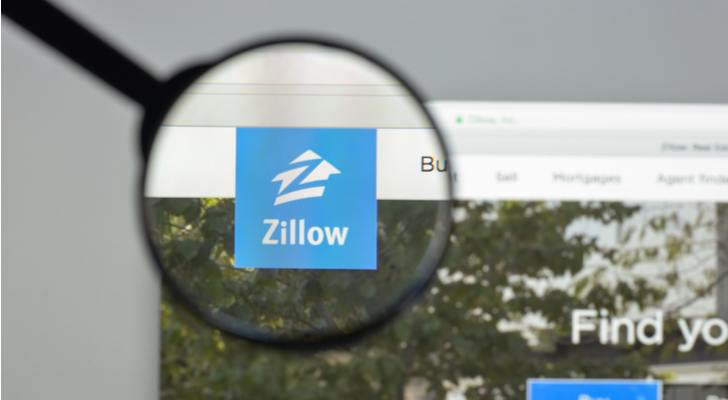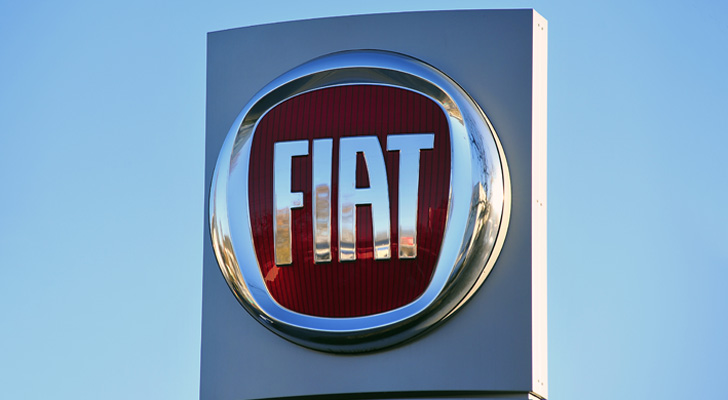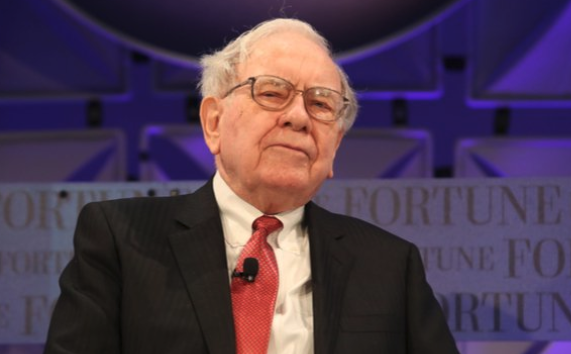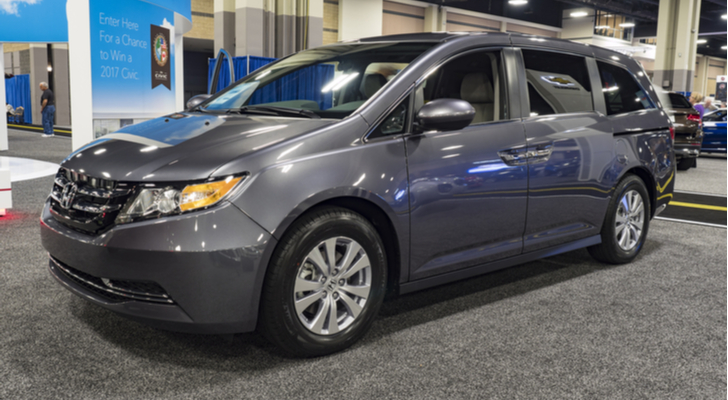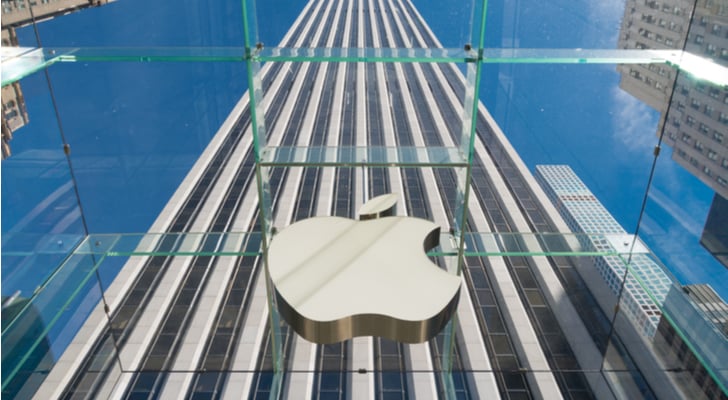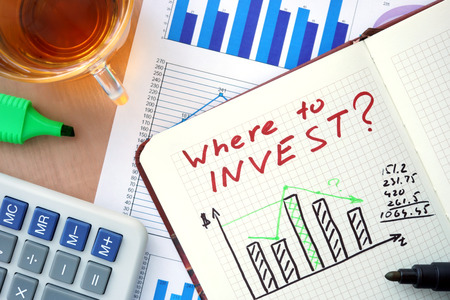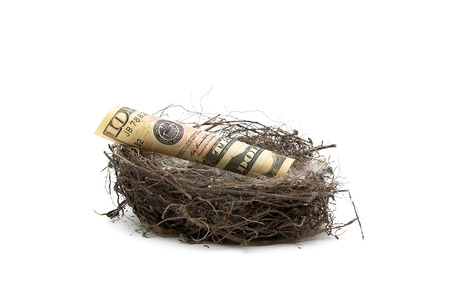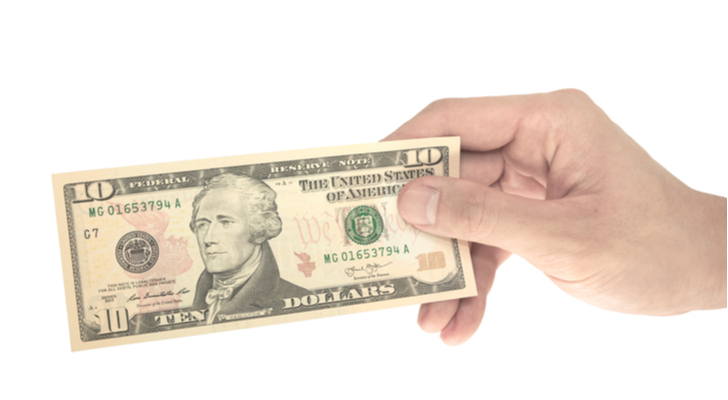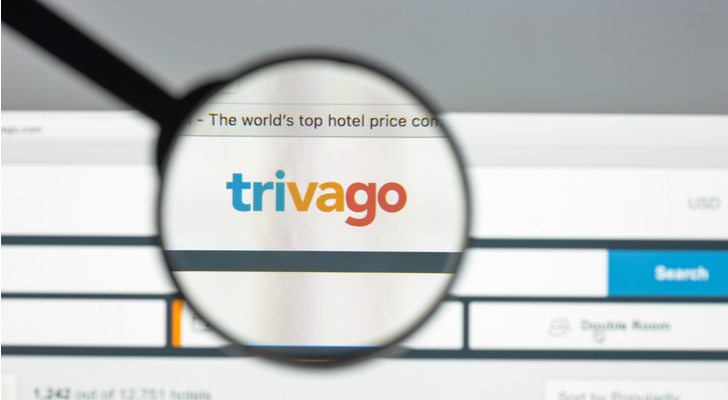
I recently viewed a list of the 50 richest people in the world. I don’t look at these kinds of lists as some sort of worship ritual towards the wealthy, but rather to find out about businesses run by these people I might have overlooked in my never-ending quest for stocks to buy.
When you get to billionaire status you’ve obviously done a lot in your life to make it happen. Most billionaires on the list made it without a family inheritance. Some run private companies. Others have publicly traded investment vehicles. All of them play a role in the global economy.
Rather than find stocks in really interesting companies, why not find really interesting billionaires and invest alongside them? You can bet Jeff Bezos and company are going to succeed far more often than they fail. Not to mention the fact a big chunk of their wealth is tied up in their company’s stock.
Men and women who put their money where their mouths make the best investment partners, don’t you think?
Here then is my list of seven stocks to buy that are run or controlled by billionaires.

Source: Eva Rinaldi via Flickr
Leonardo del Vecchio: Luxottica (LUXTY)
The poorest person on my list — Leonardo del Vecchio, at $20.2 billion — founded Luxottica (OTCMKTS:LUXTY) in 1961 in Milan, Italy.
You might not know the name Luxottica, but you likely have heard of Sunglass Hut, the retail shop it uses to sell Ray-Ban and Oakley sunglasses, two of the many brands it has acquired over the years.
In May 2017, Luxottica voluntarily delisted its ADR from the New York Stock Exchange to save costs. Only 3.7% of the company’s worldwide average daily volume was in the U.S. Investors can still buy its shares on the over-the-counter market.
Also, in 2017, Luxottica and Essilor, the world’s largest lens maker, agreed to merge in an all-stock deal that would generate more than $20 billion in annual revenue with more than 140,000 employees around the world.
The merger, making Luxottica a vertically integrated powerhouse, was completed this past October. Del Vecchio is executive chairman and owns 39% of the company.

Source: JD Lasica via Wikimedia Commons
Elon Musk: Tesla (TESLA)
This man needs no introduction. Nor does Tesla (NASDAQ:TSLA), his company, the world’s biggest electric car company.
As both a Canadian and a fan of Musk and the company, I find it gratifying that not only did the billionaire spend some time in Canada during his college years — in his freshman and sophomore years he attended Queen’s University in Kingston, Ontario — he’s got a Canadian girlfriend.
Clearly, his attachment to Canada goes beyond two years of university. A grandmother and aunt live in Alberta and he met his first wife while studying in Kingston.
Geography aside, you either love or hate Musk’s personality. However, regardless of your thoughts on the man’s behavior, what he’s doing with Tesla and electric vehicles will stand the test of time.
In the fourth quarter of 2018, Tesla delivered 90,700 vehicles, 204% more than in the same quarter a year earlier. More than likely the company will generate a second consecutive quarter of profitability, a sign Tesla is gaining traction in the marketplace.
The stock is incredibly volatile but the rewards a decade from now should be tremendous. Of all the stocks on the list, this is the one I’m rooting for the most.
America needs more Tesla’s.

Source: Shutterstock
Li Ka-shing: CK Hutchinson Holdings (CKHUY)
If Leonardo del Vecchio is a mystery to most American investors, Hong Kong billionaire Li Ka-shing is an enigma rolled inside of a mystery. Li Ka-shing left school at 16 to support his family. All these years later — the man’s 90 — he’s worth an estimated $27.8 billion and still going strong.
Reading about the various businesses that are part of this multinational conglomerate isn’t something you can do in one sitting. CK Hutchinson Holdings (OTCMKTS:CKHUY) controls companies that operate in telecom, infrastructure, energy, healthcare and many other fields. It employs more than 300,000 people in over 50 countries around the world.
Conglomerates might be on the way out, but don’t tell that to Li Ka-shing and the people working at CK Hutchinson or one of its subsidiaries. Financially, it’s doing just fine. In 2017, CK Hutchinson had $53.2 billion in revenue with $4.5 billion in net income.
It might not be very well known on this side of the pond, but over in Asia it’s a household name.
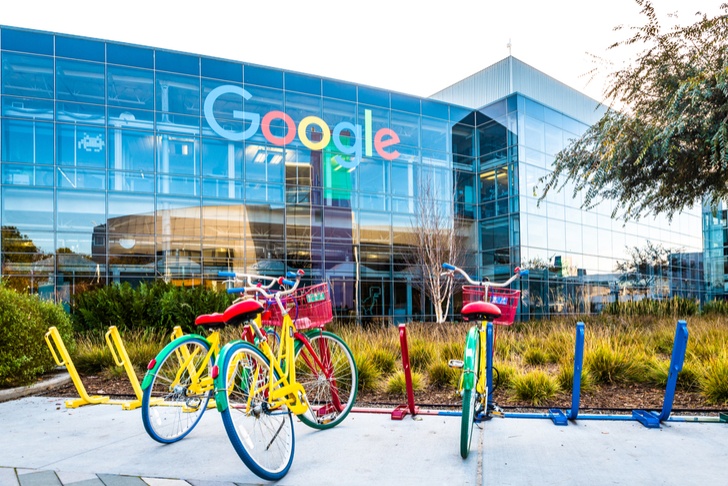
Source: Shutterstock
Larry Page: Alphabet (GOOG, GOOGL)
It’s hard to imagine being worth $50.5 billion at 45 years of age and the eighth wealthiest billionaire but that’s exactly where Google co-founder Larry Page sits at the moment.
In contrast, Warren Buffett didn’t become a billionaire until he was 55.
Depending on how Alphabet (NASDAQ:GOOGL, NASDAQ:GOOG) stock performs in 2019, Page could go even higher.
When Page isn’t counting his billions, he’s busy being the CEO of the entire Google network of companies and experiments. That’s not exactly a 9-to-5 job.
Everybody knows about Google’s formidable market share in online advertising — 37% at the end of 2018 — but it is the company’s other bets that hold the most potential.
Take Waymo, for example. It’s the company’s big bet on autonomous driving technology. Analysts believe Waymo could be worth $250 billion to the company, or 34% of its current market cap. That’s up significantly from previous estimates that were half that amount.
A lot has to happen for this to be correct, but if you’re looking fto ride a billionaire’s coattails, Alphabet is one of the best stocks in my opinion.

Source: Mathieu Lebreton via Flickr
Bernard Arnault: LVMH, (LVMUY)
I’ve never owned LVMH (OTCMKTS:LVMUY), the luxury goods holding company of French billionaire Bernard Arnault, but I probably should because Arnault is in a league of his own when it comes to running a business.
Starting out in the family business, Arnault took a big leap of faith in 1984, acquiring Boussac, a textile company that owned several apparel businesses including Christian Dior. He then went on to make so many acquisitions in fashion, retail, drinks, watches and other industries, it would make your head spin.
His latest example of risk-taking: LVMH has acquired Belmond — the London-based owner of the Orient Express train service as well as luxury hotels in 24 countries — for $3.2 billion.
Skeptics of the deal suggest that it’s one thing to own luxury brands. It’s another to own luxury hospitality. If there’s a businessperson on this planet that can make this work, Arnault is definitely the person to do it.

Source: Shutterstock
Warren Buffett: Berkshire Hathaway (BRK.A, BRK.B)
What Bernard Arnault is to luxury goods, Warren Buffett is to insurance. Berkshire Hathaway (NYSE:BRK.A,NYSE:BRK.B) wouldn’t be the company it is today if it wasn’t for the Oracle of Omaha recognizing the beauty of the insurance company float.
Buffett realized that he could use an insurance company’s float — the difference between the premiums collected and the paid out claims — to invest in stocks and other businesses. It’s essentially an interest-free loan by the insurance company’s shareholders.
The downside of float is that you eventually have to repay the money in the form of claims payments. When there are major events like floods or hurricanes, the payouts often far exceed the premiums leading to an underwriting loss.
So, not only was Buffett smart to realize the float’s usefulness beyond the insurance business, he was wise enough to know he needed really smart people running these insurance companies to limit the underwriting losses over the long haul.
In fact, Berkshire Hathaway’s insurance operations are so well run that its float hasn’t cost the company a cent. It was actually paid $2 billion a year between 2002 and 2016 to invest $92 billion in insurance float.
I consider Berkshire Hathaway the world’s cheapest mutual fund. Pay no annual fees but get lots of positive returns. What’s not to like?

Source: Shutterstock
Jeff Bezos: Amazon (AMZN)
Jeff Bezos tops the list of the world’s wealthiest people. Even if he gives away half of his estimated wealth of $125 billion to his wife Mackenzie as part of any divorce settlement the couple might agree to, Bezos would still be the fifth-wealthiest person on the planet.
That is a staggering amount of wealth.
The founder of Amazon (NASDAQ:AMZN) has seen his personal wealth mushroom in recent years as the company’s continued to prosper and free cash flow’s accelerated.
Consider this. In 2008, Bezos’ estimated net worth was $8.2 billion. The company’s free cash flow that year was $1.4 billion. In 2017, it was $8.4 billion. That might not seem like a lot until you consider that Amazon’s capital expenditures were only $333 million in 2008 compared to $5.4 billion in 2017.
Bezos and any other Amazon shareholder who held the entire period got much wealthier indeed.
Between online retail, Whole Foods, advertising and many other Amazon initiatives, he could become the world’s first trillionaire. Divorce shouldn’t slow him down.
As of this writing Will Ashworth did not hold a position in any of the aforementioned securities.
Source: Investor Place






